Wild Hearts faces a daunting task: take the blueprint of a wildly successful franchise, use its core mechanics as a starting point, then build on them in unique and exciting ways. And it has to do it without falling flat on its face. When the series you’re using as a foundation happens to be Monster Hunter, a lot can go wrong.
I’m happy to say that while I have some hangups with how Wild Hearts handles the Monster Hunter formula, this is a game that understands what makes its source material great. It may not have the gameplay depth and complexity of its inspiration, but it makes up for those shortcomings by building on Monster Hunter’s weaker points while finding its own identity.
There are lots of different systems that separate Wild Hearts from its Monster Hunter roots, and some that are pretty similar. But you’ll spend the vast majority of your time doing what you expect: fighting monsters. Called “kemono” in Wild Hearts, these are the kinds of encounters a Monster Hunter veteran will be well familiar with, with some slight caveats.
Every kemono you hunt is based on an actual animal rather than some amalgamation of various traits and anatomies. All of them are tied to a particular element out of five — earth, wind, fire, water, or wood — and they’re weak against attacks of an opposing element.
There are also elemental afflictions, weapon damage types, and eight total oversized weapons based on feudal Japanese arms. You’ll also craft armor with the parts you carve from the kemono you hunt, and these become more and more powerful as the monsters themselves do.
Typical stuff so far, but Wild Hearts has a trick up its sleeve. Called karakuri, these part-magical, part-mechanical bits of technology enable you to high-jump, douse your sword in flames, and glide long distances. They can even fuse to help you fight the larger kemono you’ll find.
Karakuri come in three varieties. Basic types you’ll use in battle. Fusion, which are, as their name suggests, combinations of specific Basic Karakuri, act as a force multiplier in your favor and as hard-counters to specific kemono. Then there are the Dragon Karakuri, which are based around traversal, base building, and resource collection, among other helpful tasks.
Of particular note is the Karakuri Tower, which not only acts as a radar for targeting kemono monsters but also as a way to reveal the hidden collectibles scattered around the map. The Dragon Vine is a zip line that lets you control the start and end of the line with complete freedom to realign whenever you’d like.
There are dozens of other Karakuri to explore as well, and the best part is they stay on the map until either destroyed by you or a kemono. Even if you leave and come back, everything you build will remain.
This constancy makes fighting kemono an ever-evolving dance as you learn their attack patterns, weaknesses, and openings. You’re also filling the arenas with deadly traps and other hazards you can use to continually change your strategy.
Don’t take any kemono lightly, as even the sturdiest Karakuri will shatter into splinters if these monsters want them gone. And just because they’re based on real animals, don’t think you’ll know what to expect. Even the oversized rats have some surprises in store, whether that’s a tail slam out of nowhere or the ability to conjure sleep-inducing mist.
Unlike in Monster Hunter, kemono monsters in Wild Hearts aren’t as bound by size limitations, as one of the earliest you fight, the Kingtusk, is the size of a small apartment building and is more than willing to throw its weight around.
Combine your karakuri with a lot of aerial mobility options, and taking on even the largest beasts is doable, though there are a few instances where size does actually make a difference.
Wild Hearts might take a lot from Monster Hunter, but it also improves on some of its weaknesses. The biggest quality gap is in the story. While neither game puts narrative as its central focus, Wild Hearts has more, well, heart. The characters are more developed, more well-rounded, and are generally written with a defter hand. There are some cliches here and there, but rather than relying on tropes, the characters of Wild Hearts attempt to defy them.
They don’t always succeed, of course, and sometimes the story falls back on familiar territory a little too much, but when the writing works, it blows much of MonHun‘s out of the water.
The story itself, despite the quality of its details, is fairly rote, unfortunately. The flow of nature is being upended by some monster or other, forcing them out of their habitats and into conflict with humans. As the only kemono hunter left in the land of Azuma, it falls to you to save the day again and again.
There are some twists and turns that play with expectations, which is appreciated, especially dealing with the assumptions the people Minato made that helped define their culture. While the reveals aren’t earth-shattering, they are novel enough to elevate the story beyond MonHun‘s offerings.
As much as Wild Hearts succeeds in one-upping its inspiration, it fails to live up to the Monster Hunter legacy in other significant ways. First and foremost is the weapon variety. It’s not the fairest comparison, as Monster Hunter has had literal decades to create and iterate on its eighteen-some-odd offerings, but Wild Hearts’s eight total weapons are less interesting mechanically, even if they can be more so aesthetically.
If you’re coming from the Sunbreak expansion for Monster Hunter Rise, you’ll be disappointed by the options each weapon has, as many of them boil down to a few optimal combo strings and little else. This lack of variety pushes you to be inventive with your karakuri, but even that system can only make combat so much more enjoyable.
Put another way, the discovery period for Wild Hearts weapons is quite a bit shorter than it is for almost any Monster Hunter weapon, as is the amount of flashy maneuvers you can pull off.
This lack of quality systems extends to armor as well. Wild Hearts follows the mold of “harder monsters = better gear,” but there are few ways to improve the lower-tier options past their initial stats. The Humanity/Kemono path system is a neat take, allowing you to unlock additional perks and slightly increased stats, but even these are quickly eclipsed as you progress. The extra cost of making them is almost insulting sometimes, considering how I might just replace everything after one hunt.
Additionally, the music and environments are fine but rarely genre-defining. There are a few catchy tunes, and the various maps are enormous with lots of verticality and environment variety, but I rarely got more of a reaction than a simple “Neat. Oh, this place is big.” The same for the music. I enjoyed it when it played, but nothing there will be as iconic or recognizable as Monster Hunter’s best songs.
Perhaps Wild Hearts’s greatest sin, however, especially as a current-gen-only title, is its performance. The graphics are stuck squarely in the last generation, the image itself is grainy and pixelated whether playing at 4K or 1080p, and the framerate is inconsistent at the best of times.
With the power at its disposal, with the PS5 and Xbox Series X|S’s SSD especially, this game should run like butter. There also seems to be a memory leak in the review build, as after a few hours of consistent play, the framerate would start to slow down, so the whole game played like it was trying to move through thick mud.
Worse, there are no graphics quality options to improve the performance. You can only prioritize framerate or resolution, not image quality or other metrics. If you focus on framerate, the game is at least playable, if ugly, but if you choose resolution, it looks even worse for some reason. I’m not sure if this issue is even fixable via patches, as the problems are so endemic that I don’t know if blanket updates can fix the core engine-based issues. I would love to be proven wrong.
Wild Hearts Review — The Bottom Line
Pros
- Satisfying, unique combat mechanics.
- A well-told, well-written story.
- Amazing monsters and fights.
Cons
- Major performance issues.
- Forgettable music and environments.
- Less mechanical variety than other titles.
Wild Hearts is more than a commendable attempt to essentially copy the Monster Hunter formula. It is very much its own game that uses Capcom’s framework to do something unique and fun while maintaining more than enough familiarity that veteran hunters can pick it up and do well. The game picks up on many of the cues that make Monster Hunter such an addiction for so many and understands where improvements can be made.
From the story and the karakuri to the kemono monsters themselves, Wild Hearts has some world-class mechanics and writing behind it. It falters in a few important places as well, especially regarding performance, but that doesn’t mean it’s not worth your time and money. If you love taking down fantastical beasts of every shape and size, this time in a world inspired by feudal Japan, there’s no substitute.
Feature image via EA.

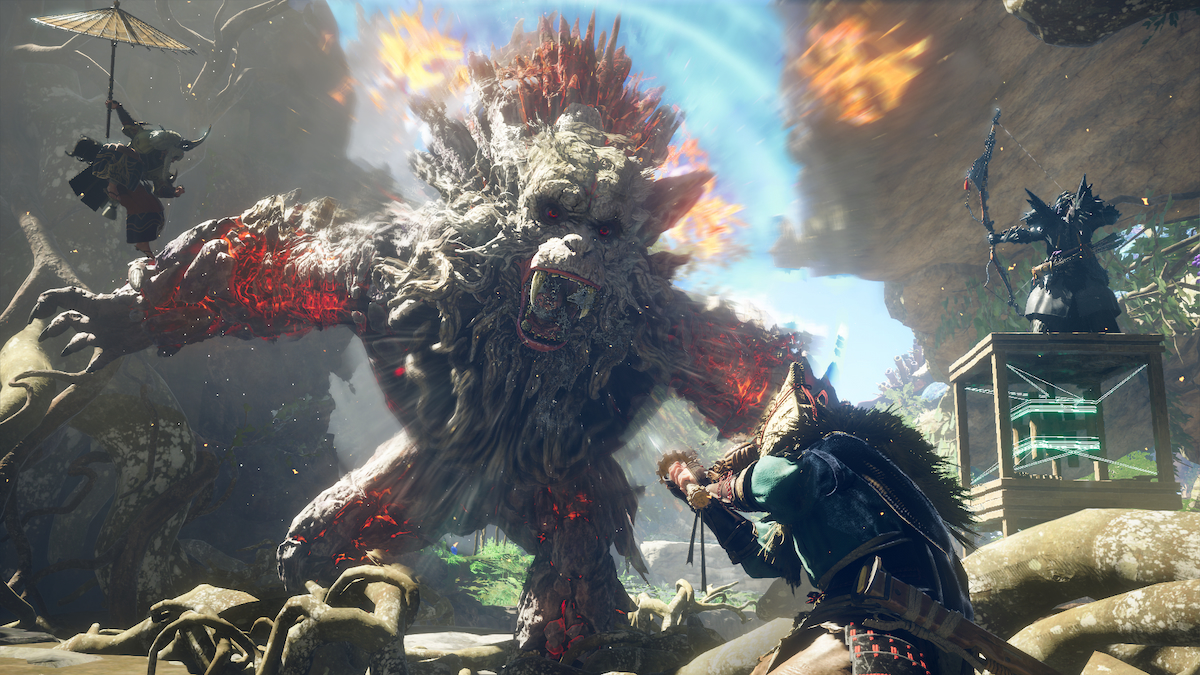
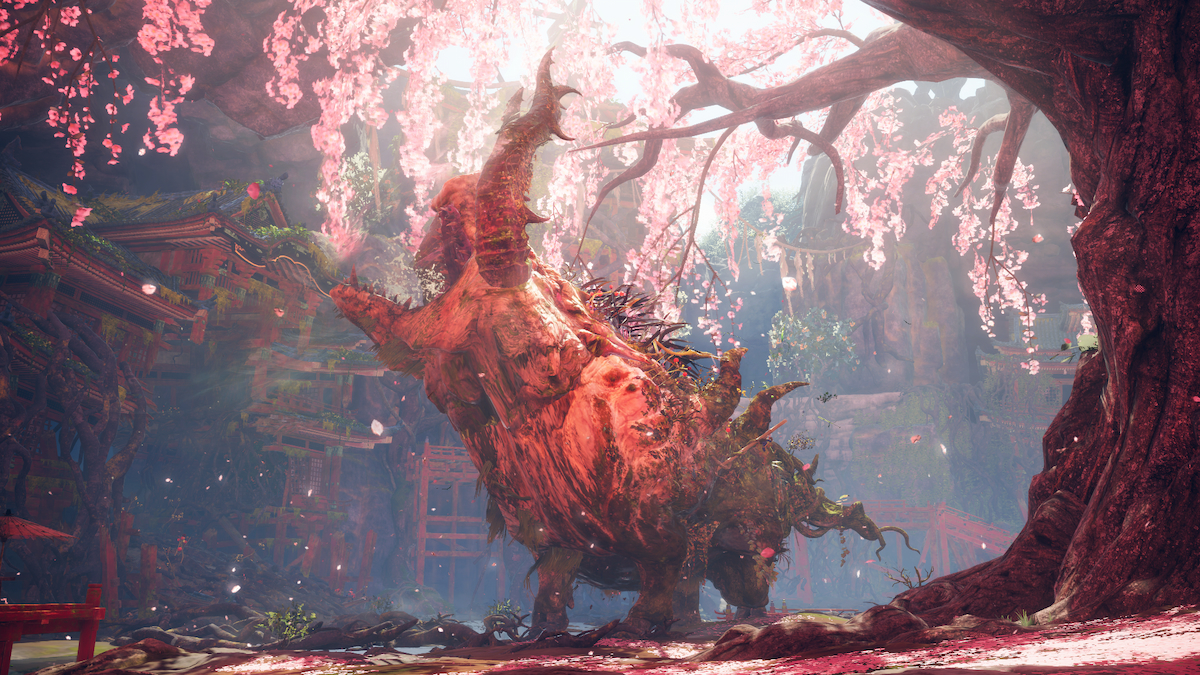
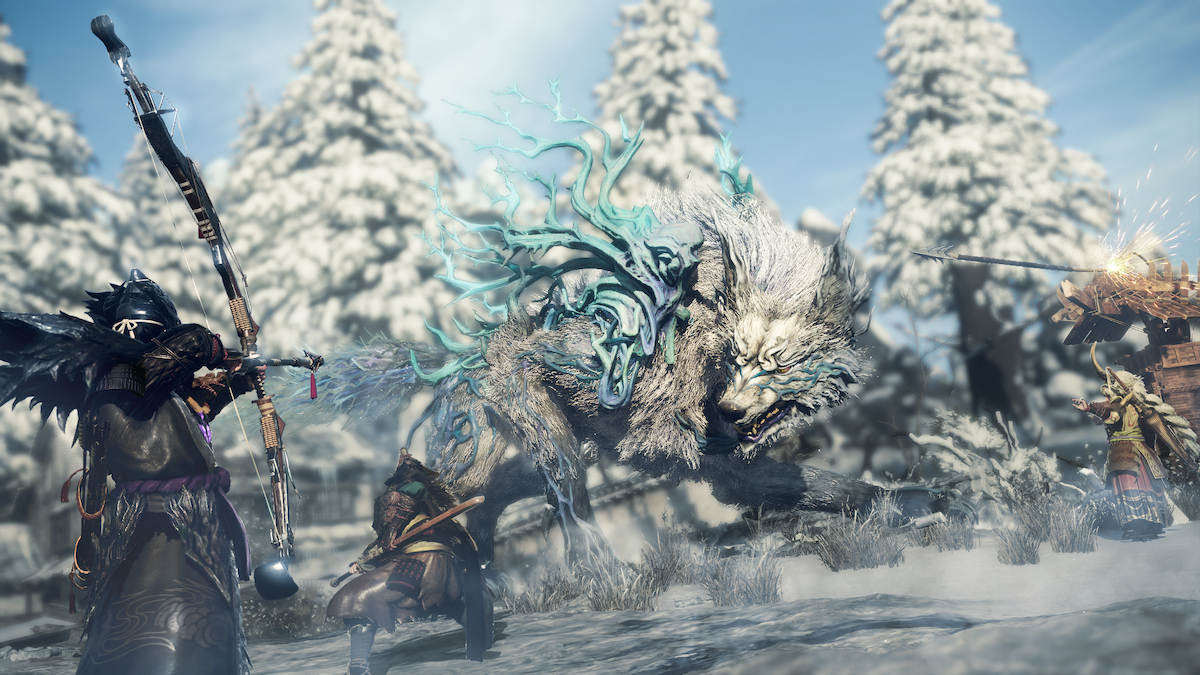
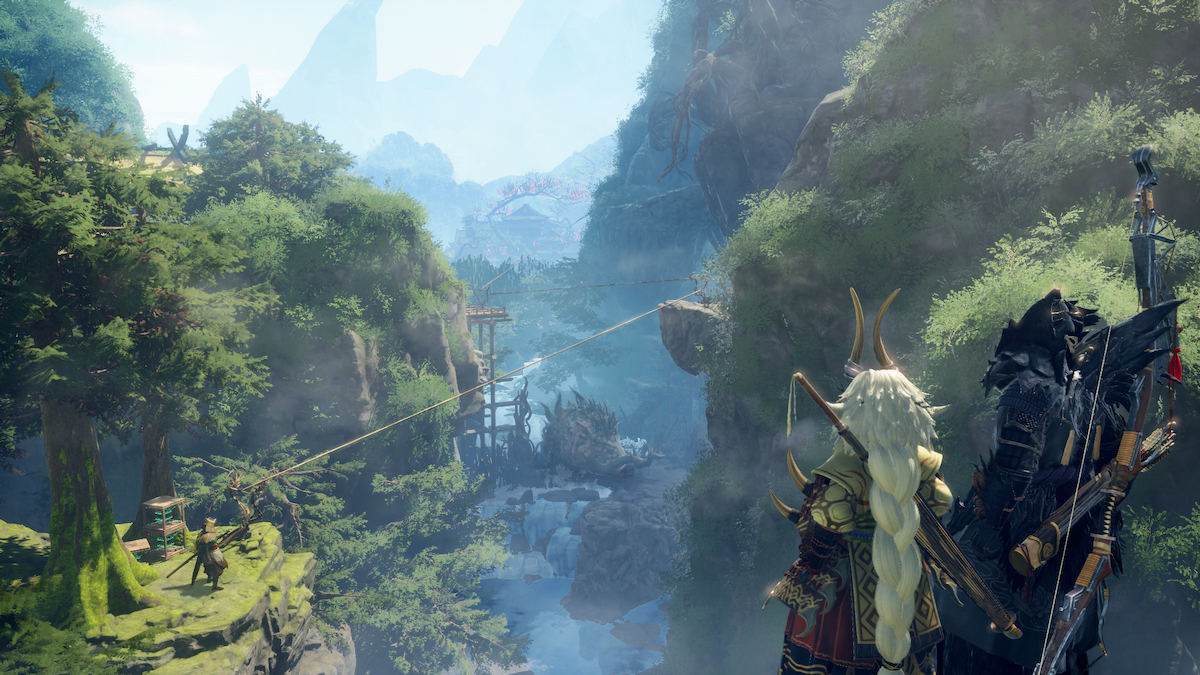
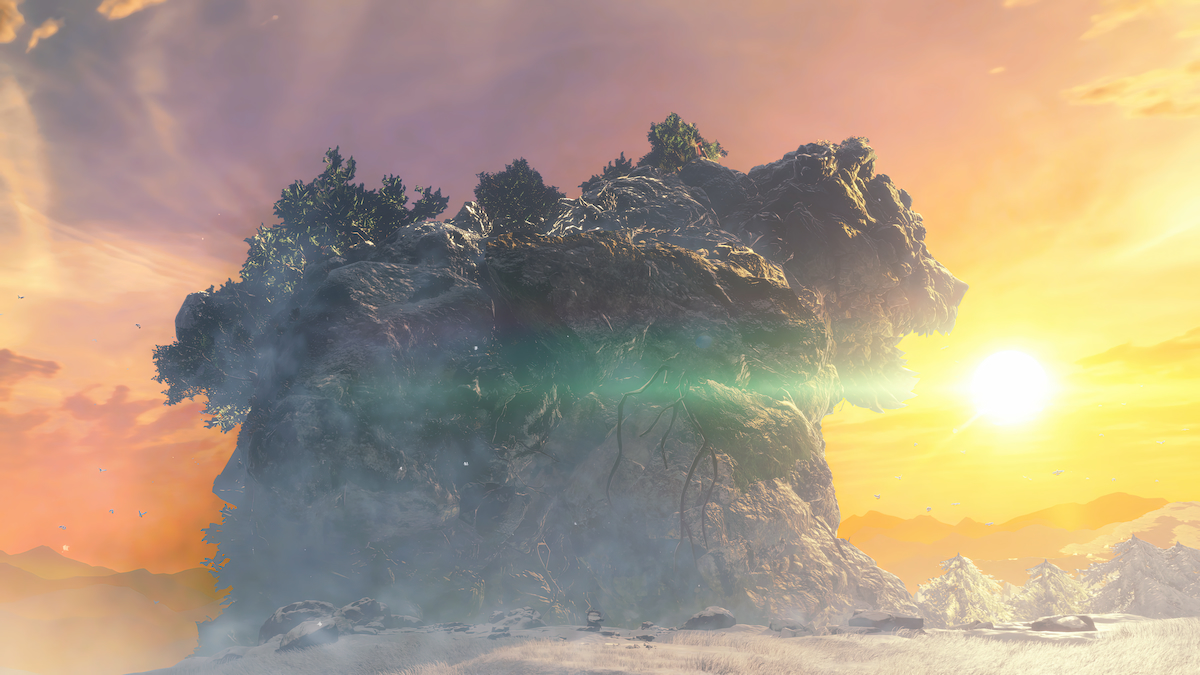





Published: Feb 15, 2023 10:50 am